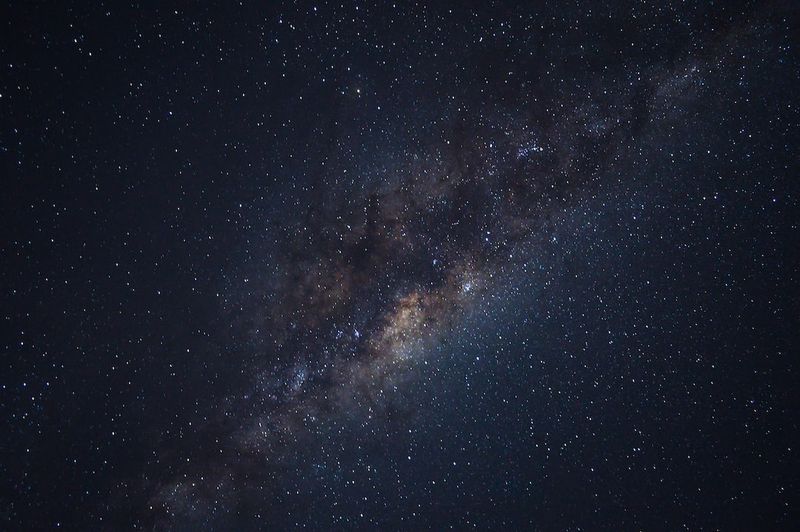India’s Chandrayaan-3 Mission: A Historic Moment in Space Exploration
A Watershed Moment for India and Space Exploration
On August 23, 2023, the Indian Space Research Organisation (ISRO) achieved a remarkable feat with the successful landing of its Chandrayaan-3 mission on the lunar surface. This historic moment not only solidified India’s position in the global space exploration community but also marked the first spacecraft to touch down on the moon’s south polar region.
The significance of this achievement cannot be overstated. India is now the fourth nation, following the United States, the Soviet Union, and China, to successfully land a robotic craft on the moon. What sets Chandrayaan-3 apart is its landing in the south polar region, an area known to contain water ice and valuable minerals. The data and insights gathered from the mission’s experiments will undoubtedly shape future lunar missions and capture global attention.
It is worth mentioning that India’s previous lunar orbiter mission, Chandrayaan-1, launched in 2008, was the first to detect water on the lunar surface. This groundbreaking discovery influenced the plans of not only the United States but also Chinese space programs for human lunar exploration. The lunar south pole, where Chandrayaan-3 landed, is also set to be the landing site for the United States’ Artemis 3 mission.
ISRO‘s Resilience and Innovation
The success of the Chandrayaan-3 mission is the result of the relentless dedication and ingenuity of the Indian Space Research Organisation (ISRO). ISRO‘s growth story is one of resilience, innovation, and collaboration. Established in 1969, ISRO has maintained a robust remote sensing program since 1988, providing valuable Earth Observation data through a range of instruments.
ISRO‘s achievements go beyond Earth observation. It has launched 124 of its own spacecraft, including missions to the moon and Mars. Its navigation system, NavIC, created in 2018, positioned India among the elite club of nations with this capability. ISRO‘s technological prowess and cost-efficiency garnered global attention with the success of the Mars Orbiter Mission (MOM) in 2013. The Chandrayaan missions build upon this legacy of achievement.
However, it is important to note that ISRO operates on a significantly smaller budget compared to agencies like NASA. ISRO‘s annual budget for 2023-24 is 125,439 million rupees ($1.5 billion). This budget constraint poses challenges, especially considering that it includes an 8% cut in expenditure for space science missions like Chandrayaan-3.
The Saga of the Chandrayaan Missions
Chandrayaan-3 is the culmination of India’s space odyssey, with an unwavering commitment to self-reliance. The journey began with Chandrayaan-1 in 2008, which detected water on the lunar surface, significantly influencing the plans of other space programs.
Chandrayaan-2, launched in July 2019, faced a setback when the lander crashed due to a software glitch. However, lessons learned from this experience were taken into account for Chandrayaan-3, making it essentially the same mission with rectified software issues.
A successful Chandrayaan-3 mission holds potential significance for India’s aspirations of establishing a sustained human presence on the moon. Under the Artemis Accords, ISRO can claim mining rights in the landing area. Additionally, the mission would catalyze innovative scientific research, contribute to lunar understanding, and provide a boost to planned missions like the Lunar Polar Exploration Mission (LUPEX) in collaboration with the Japan Aerospace Exploration Agency (JAXA).
Conclusion: A Testament to India’s Scientific Potential
The success of Chandrayaan-3 and ISRO‘s achievements in space exploration serve as a testament to India’s scientific potential and its ability to overcome challenges. Despite bureaucratic entanglements, political intricacies, and limited resources, ISRO has emerged as a worthy rival to the elite space club.
India’s space journey is marked by resilience, innovation, and collaboration. As the Chandrayaan missions unfold, India’s contributions to lunar exploration and scientific research are poised to make a lasting impact. The success of Chandrayaan-3 not only solidifies India’s position in the global space community but also opens new doors for future space exploration and advancements in understanding the moon’s composition, geology, and resource potential.

<< photo by Max McKinnon >>
The image is for illustrative purposes only and does not depict the actual situation.
You might want to read !
- Exploring ISRO’s Journey: The Triumph of Chandrayaan-3
- The New Moon Race: India Takes the Lead in Exploring the Southern Polar Region
- Is humanity really at risk from super-intelligent aliens? Exploring the possible threat
- Exploring Chandrayaan-3: India’s Ambitious Quest for Lunar Success
- “A Tragic End: The Pittsburgh Shooting Suspect’s Fatal Standoff in Garfield”
- Jets WR Corey Davis “stepping away” from NFL: A New Chapter Begins




